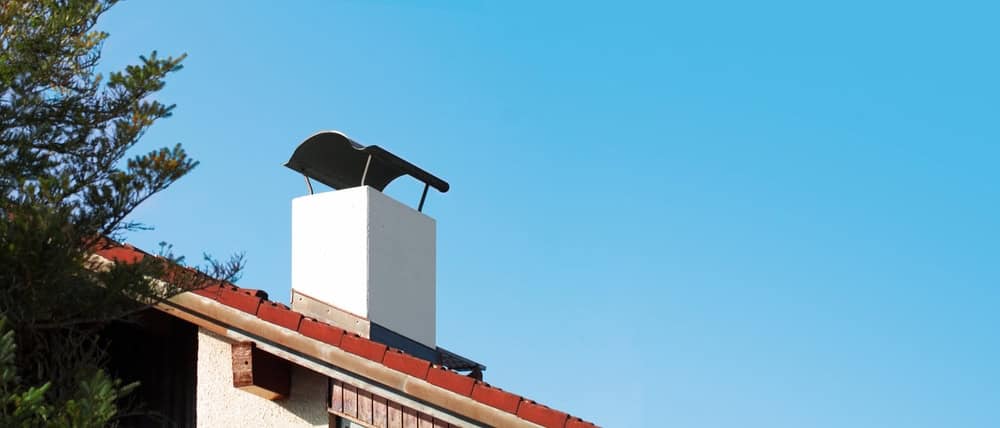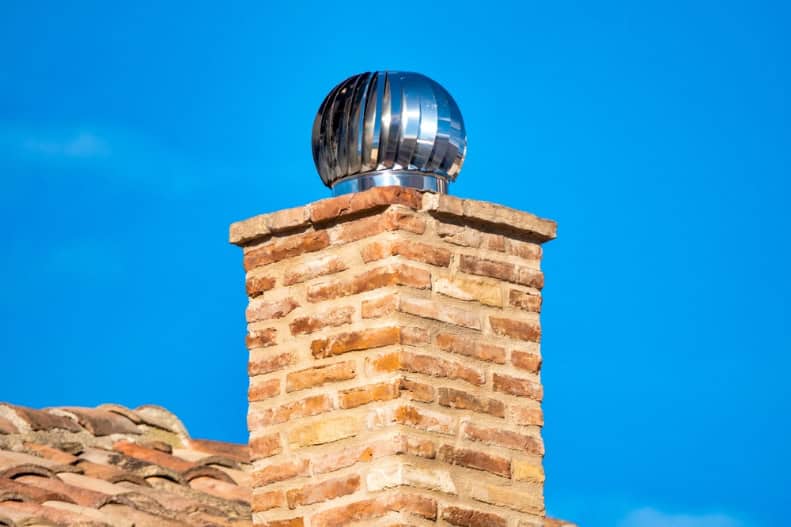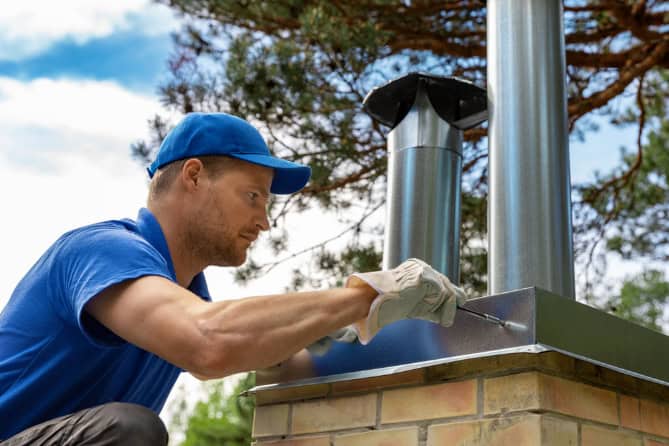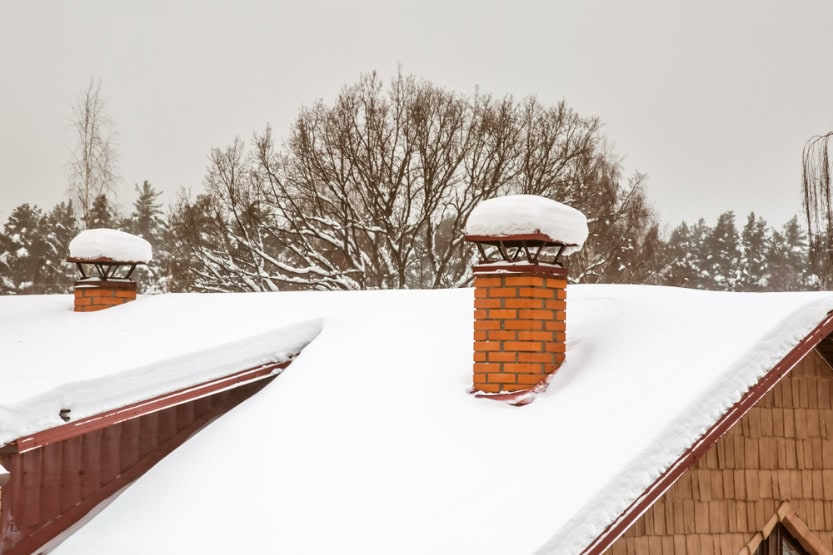Professional chimney cap installation that actually fits right and keeps your home protected year-round.

Hear from Our Customers

Your chimney finally works the way it should. No more water pooling in your firebox after storms. No more raccoons or birds making themselves at home in your flue.
A properly installed chimney cap means your damper stays dry and functional. Your chimney crown stays intact instead of cracking from freeze-thaw cycles. Your heating bills don’t spike because animals aren’t blocking your venting.
You get real protection that lasts through Rhode Island’s harsh winters and coastal weather. Not some generic cap that’ll blow off in the next nor’easter, but a properly fitted solution that handles whatever nature throws at it.
We’ve been protecting Valley Falls homes since 2000. The same core team, the same commitment to doing things right the first time.
Our technicians hold CSI certification from the Chimney Safety Institute of America. That’s not just a piece of paper – it means we understand how chimneys actually work, not just how to slap a cap on top and hope for the best.
We’ve seen what happens when chimney caps are installed wrong. Water damage that costs thousands. Animals that destroy dampers. Caps that become projectiles in windstorms because they weren’t properly secured.

First, we inspect your existing chimney crown and flue condition. No point installing a new cap on a deteriorating base. We measure everything precisely because generic sizing leads to problems down the road.
Next, we remove any old hardware safely and clean the crown surface. Proper preparation matters when you’re dealing with something that needs to withstand decades of weather exposure.
Then comes the installation itself. We use stainless steel hardware rated for coastal environments. Every cap gets secured with proper fasteners, not just caulk and prayers. We test the fit and make sure your damper operation isn’t affected.
You get a final walkthrough showing exactly what we installed and why. No mystery work, no corners cut.

Ready to get started?
Every chimney cap installation includes proper measurement and fitting for your specific flue configuration. We don’t use one-size-fits-all solutions because chimneys aren’t built that way.
You get stainless steel construction that handles Rhode Island’s salt air and temperature swings. Standard galvanized caps rust out in coastal climates. We’ve learned this the hard way over two decades of service calls.
Custom fabrication when your chimney needs it. Older homes often have non-standard dimensions or multiple flues that require specific solutions. We handle the fabrication in-house rather than forcing generic products onto unique situations.
Professional mounting that actually holds. We use appropriate fasteners for your crown material and install everything to manufacturer specifications, not shortcuts that save five minutes but cost you years of service life.
